Kyushu
Naha
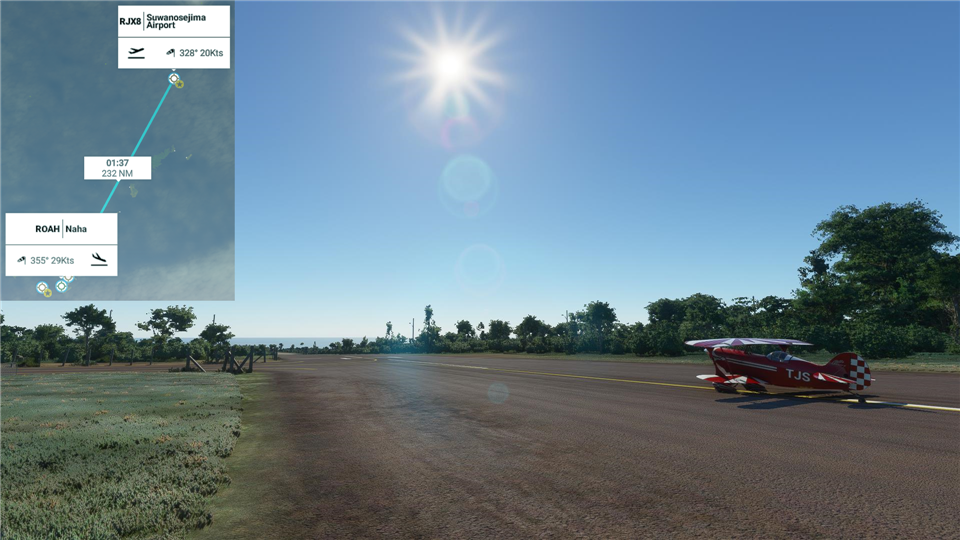
Loverly day. Today we leave volcanos for a bit (mostly) and head to Naha. If you google Naha you'll find it can refer to the North American Hairstyling Awards, the National Association for Holistic Aromatherapy or the capital of Okinawa. We'll be visiting the latter.
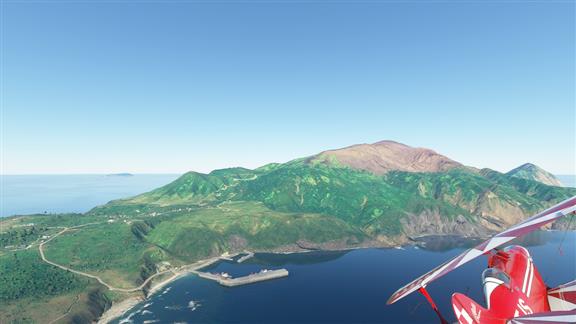 Doesn't look like a scary volcano.
Doesn't look like a scary volcano.
|
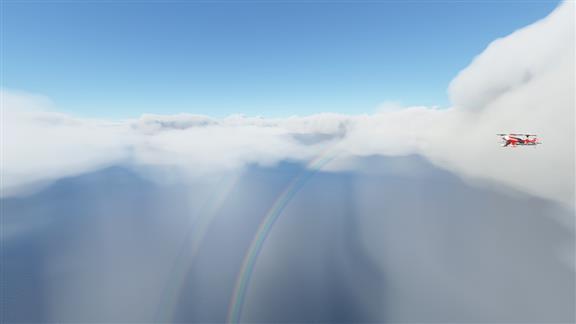 Our nice day didn't last long. It clears up again further along according to the forecast.
Our nice day didn't last long. It clears up again further along according to the forecast.
|
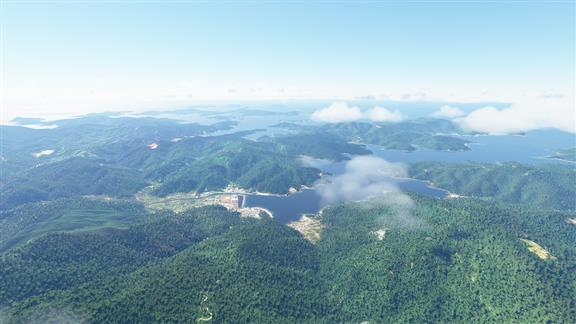 Amami Oshima. Touristy kind of place.
Amami Oshima. Touristy kind of place.
|
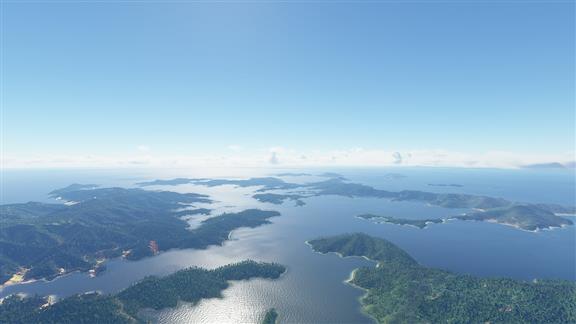 It's actually its own little archipelago within the big archipelago.
It's actually its own little archipelago within the big archipelago.
|
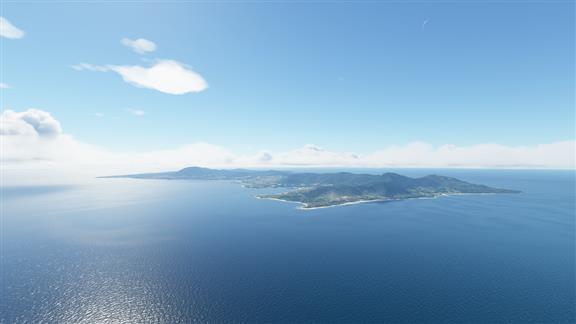 Tokunoshima. They have actual bull fights here, not anything like the ones involving a matador.
Tokunoshima. They have actual bull fights here, not anything like the ones involving a matador.
|
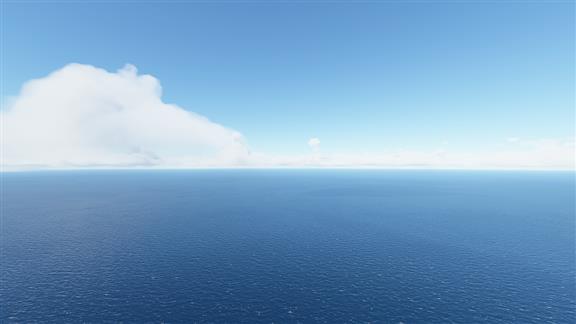 Miles and miles of water.
Miles and miles of water.
|
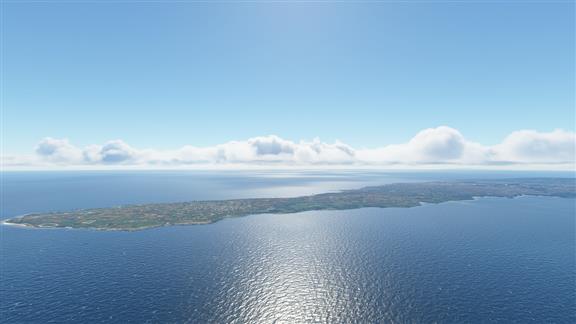 Okinoerabu Island, the island of flowers and caves.
Okinoerabu Island, the island of flowers and caves.
|
Yoron, the oriental pearl. Last island before Okinawa.
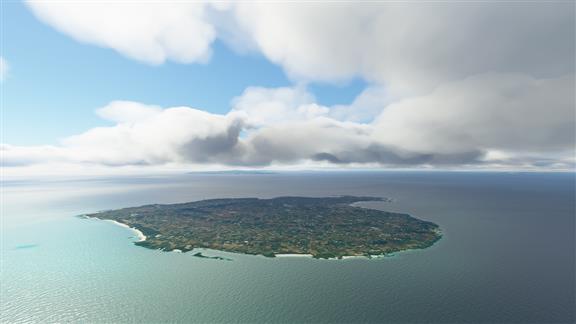 |
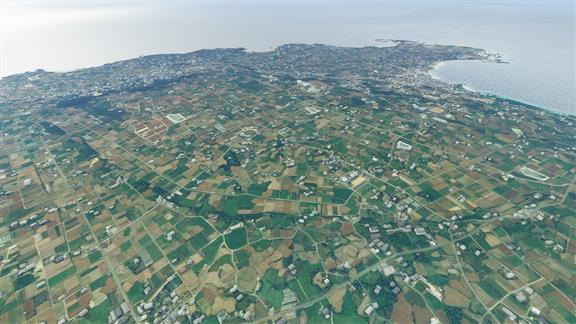 |
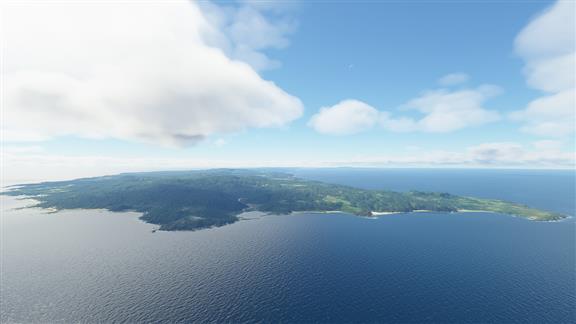 Which would be right here.
Which would be right here.
|
Nago. The first place in Japan to have cherry blossoms every year. Getting close to Naha.
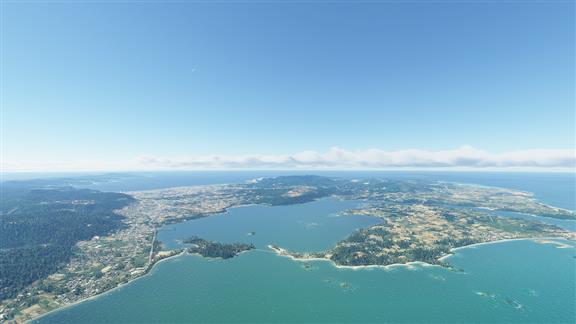 |
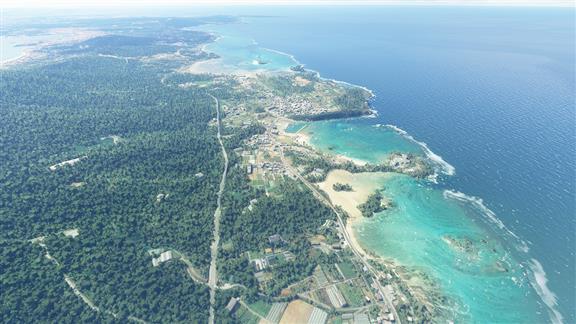 |
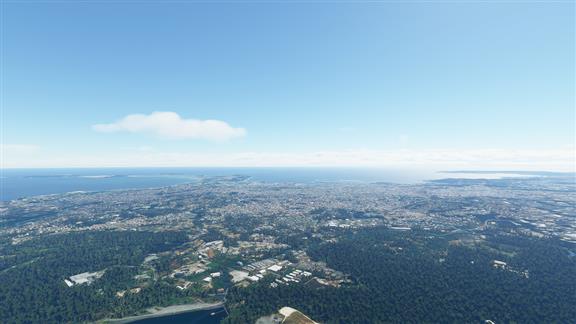 Okinawa, city that is. They have mixed feelings about Americans here. On the one hand they help out the economy greatly with their six military installations. On the other hand, they maintain six military installations here. The local soccer pitch has levels of dioxin 840 times the safe level, so the team uniform is a hazmat suit. They have a local sake that has quite a bite to it.
Okinawa, city that is. They have mixed feelings about Americans here. On the one hand they help out the economy greatly with their six military installations. On the other hand, they maintain six military installations here. The local soccer pitch has levels of dioxin 840 times the safe level, so the team uniform is a hazmat suit. They have a local sake that has quite a bite to it.
|
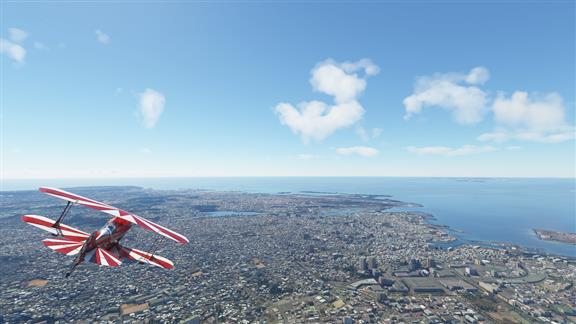 Which brings us to Naha. Sorry, I mean Naha. Well that's embarassing. I mean Naha, the capital of Okinawa. Okinawa has a long history of being occupied by foreigners, as anyone currently living in Okinawa City could tell you. When the Satsuma Clan invaded in 1609 the existing Ryukyu Kingdom became a vassal state, arguably of Japan, but more correctly of the Satsuma Han out of Kagoshima Castle. Of course they still had to pay tribute to China, but that's another story. One of the first things the Satsuma overlords did was forbid the use of weaponry or the pursuit of martial arts in Okinawa. So the citizenry went underground with their martial endeavours, incorporating the local martial art, Nahate (the form of Te, or Hand, practised in the Naha area), into their folk dances, and training themselves in the violent use of such things as agricultural implements. The various regional forms of Te, such as Nahate, became the Goju-ryu style of Kara-te, or Empty Hand, in the 1800s. Even though the Samurai overlords are long gone, the style is still somewhat defensive in nature, particularly against swords.
Which brings us to Naha. Sorry, I mean Naha. Well that's embarassing. I mean Naha, the capital of Okinawa. Okinawa has a long history of being occupied by foreigners, as anyone currently living in Okinawa City could tell you. When the Satsuma Clan invaded in 1609 the existing Ryukyu Kingdom became a vassal state, arguably of Japan, but more correctly of the Satsuma Han out of Kagoshima Castle. Of course they still had to pay tribute to China, but that's another story. One of the first things the Satsuma overlords did was forbid the use of weaponry or the pursuit of martial arts in Okinawa. So the citizenry went underground with their martial endeavours, incorporating the local martial art, Nahate (the form of Te, or Hand, practised in the Naha area), into their folk dances, and training themselves in the violent use of such things as agricultural implements. The various regional forms of Te, such as Nahate, became the Goju-ryu style of Kara-te, or Empty Hand, in the 1800s. Even though the Samurai overlords are long gone, the style is still somewhat defensive in nature, particularly against swords.
|
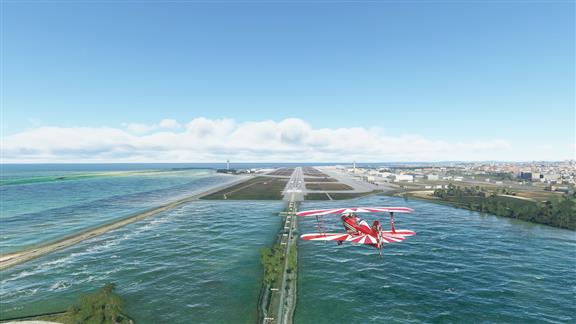 And that's it for Okinawa and mostly for Japan. Tomorrow we're off to Miyakojima, the location of a flower contest between Miruku-potoke (a god from China) and Saku-potoke (the local hero). Saku stole Miruku's flower and sent him packing back to China. Today when China is in the area they aren't after flowers.
And that's it for Okinawa and mostly for Japan. Tomorrow we're off to Miyakojima, the location of a flower contest between Miruku-potoke (a god from China) and Saku-potoke (the local hero). Saku stole Miruku's flower and sent him packing back to China. Today when China is in the area they aren't after flowers.
|